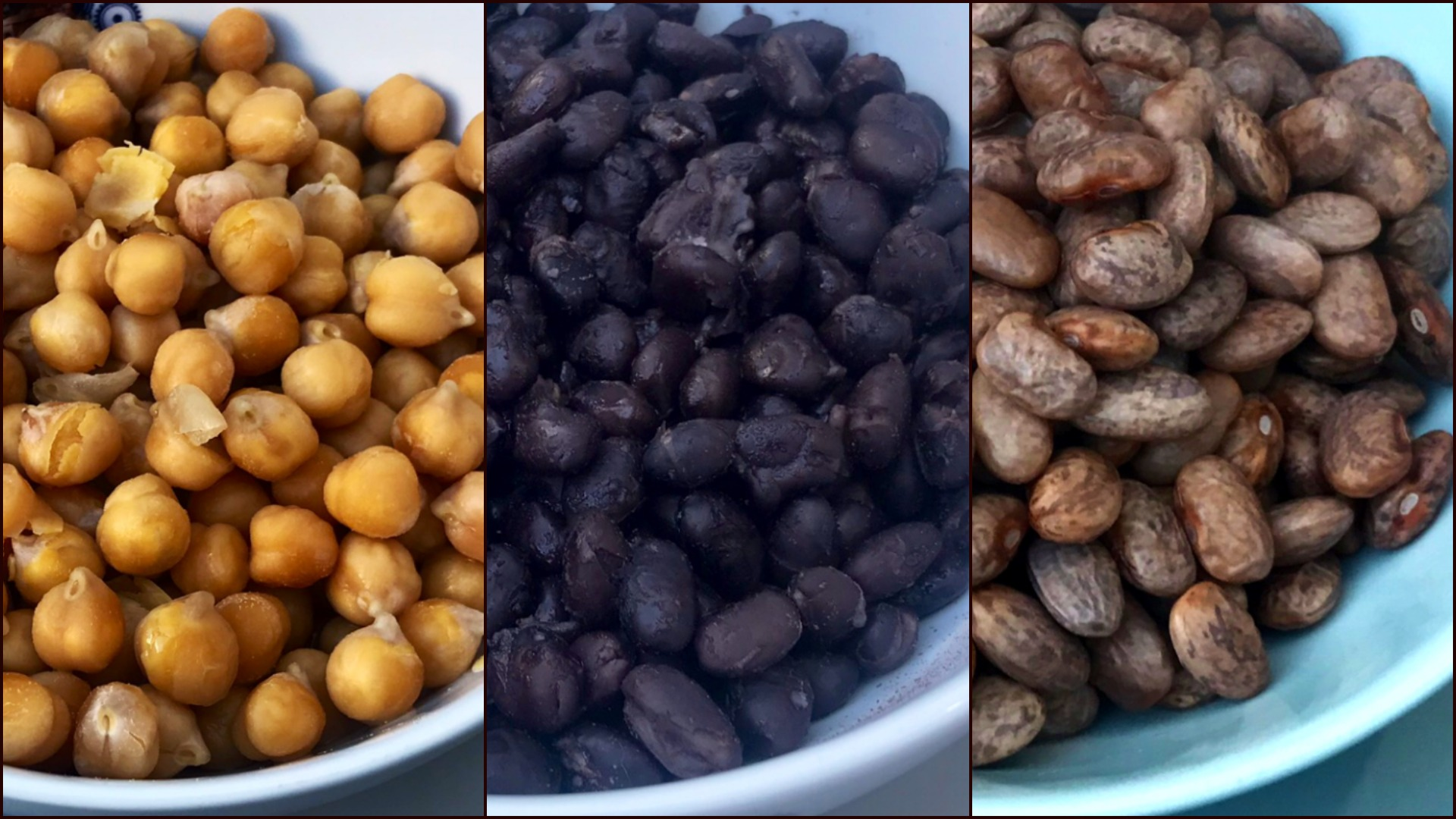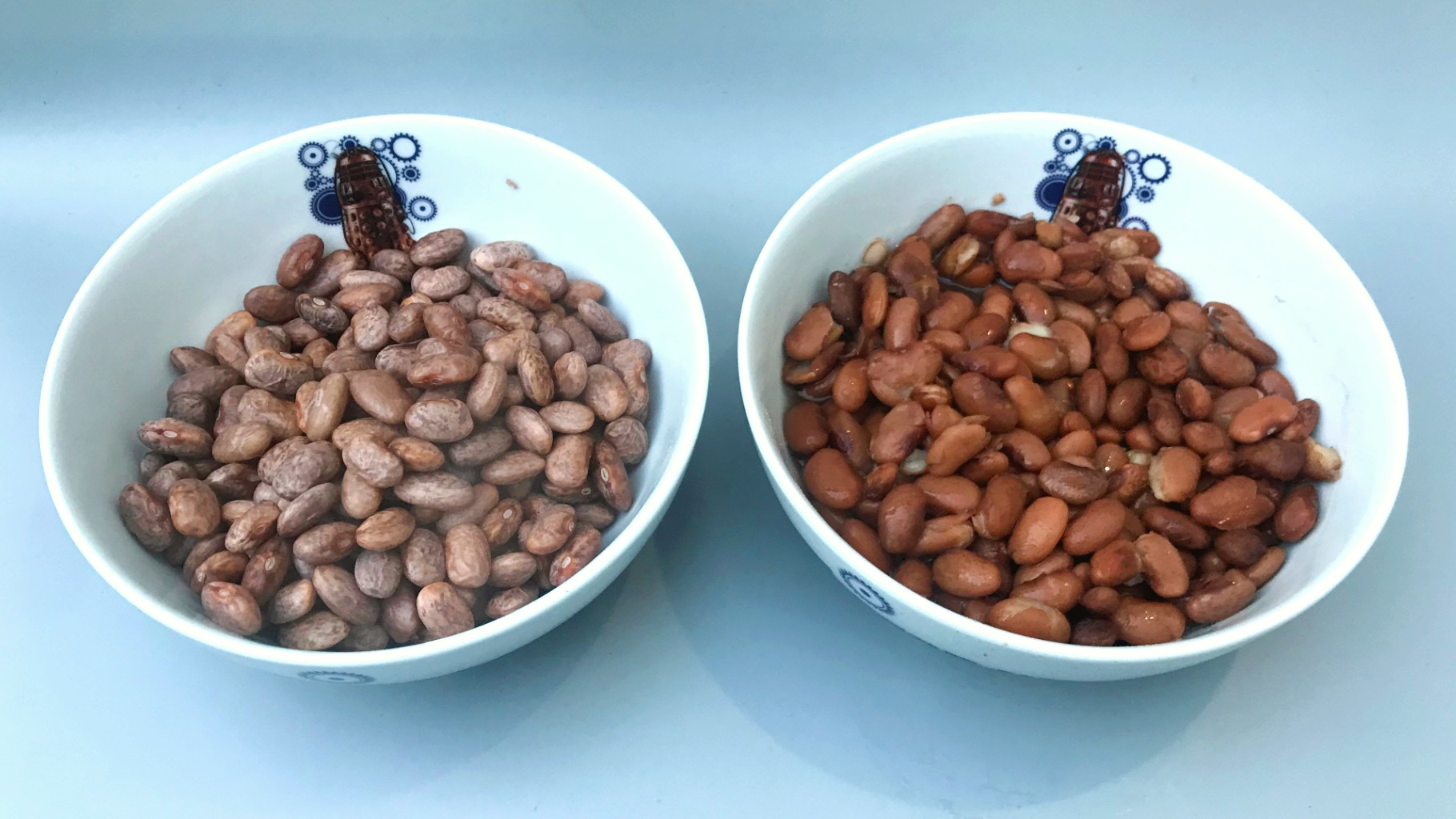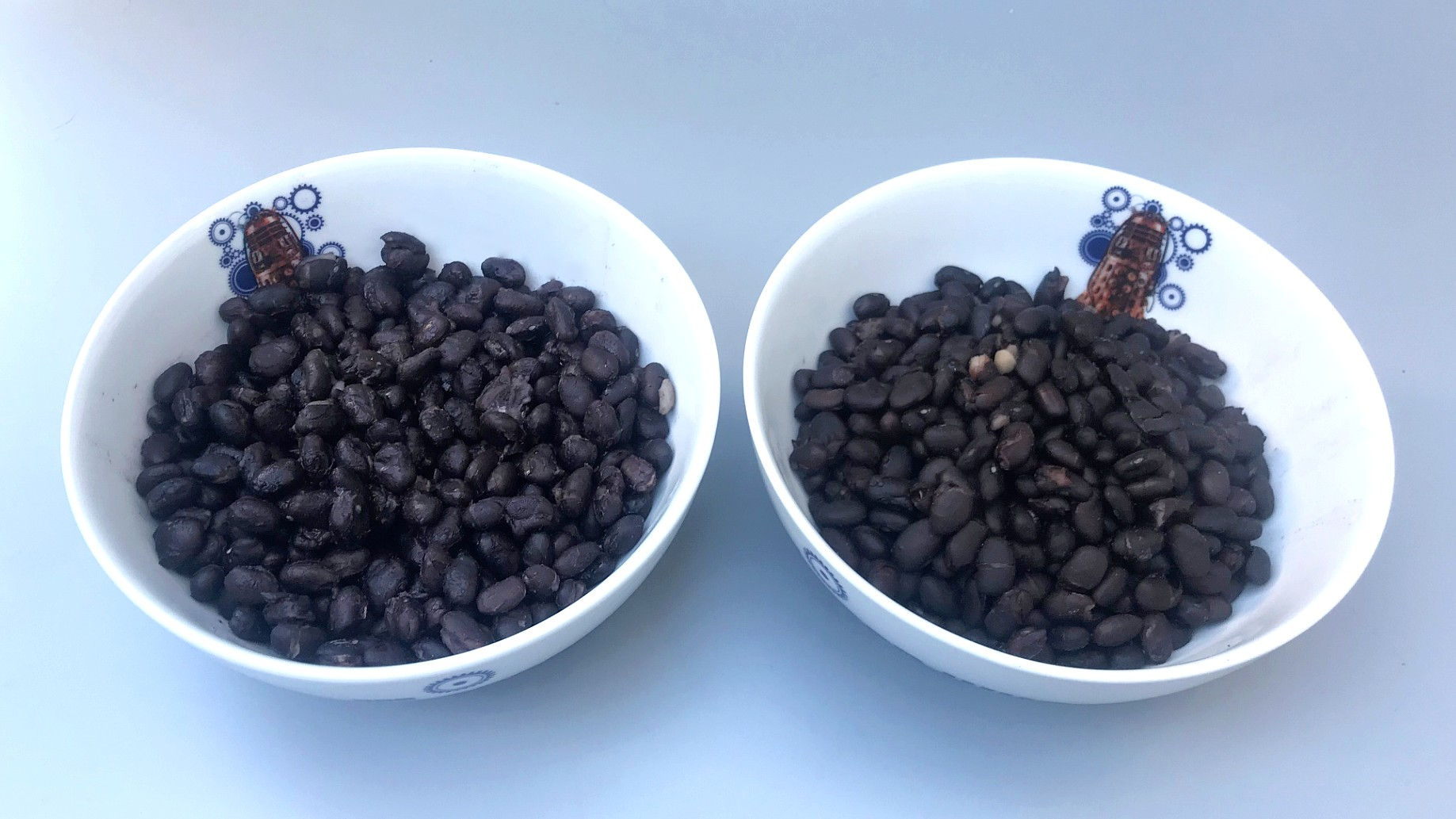Are Fancy Beans Worth Buying?
Over the past decade, chefs and food writers have been enthusiastic evangelists for the Church of Fancy Beans, a rapidly growing denomination whose Vatican City is a little place in California called Rancho Gordo. It was upon that rock that Pope Steve Sando the First built a company devoted to spreading the gospel of good beans with immaculate pedigree, cultivated from heirloom seeds by a network of small farmers who hold the utmost respect for their crop. I, like many people, had never even heard of most of these beans that Rancho Gordo was peddling (Rebosero? Mayocoba? Good Mother Stallard?), and, while I had no doubt that they were excellent, I found it hard to rationalize splurging on mail order beans for $6 a pound. I, a working mom feeding a family of five, could not see myself shelling out for such luxury. Fancy beans are meant for fancy people. Right?
Working at The Takeout means that I'm occasionally encouraged to gorge myself on the company dime, like when I ate every item on Papa John's new "Papadia" menu for lunch, or when I ate 35 Hot Pockets in four days. After the bang-up job I did with those assignments, my boss and my doctor both agreed that my next taste test should be something that, ideally, could undo the damage caused by eating 35 Hot Pockets in four days. I was ready to taste some fancy beans.
For this test, I decided not to try the more unique varietals from Rancho Gordo that so many of my friends and professional colleagues have gushed over, since I'm sure there's only a handful of people out there worrying if the ayocote morado beans they've been buying are really the best on the market. Instead, I chose to test three common beans—black, pinto, and chickpeas—to see if there was a noticeable difference from the average bag of dry supermarket beans I am extensively familiar with. Each bean was cooked with nothing but a bit of salt in my Instant Pot, then tasted hot, cold, and at room temperature without any garnishes or condiments.

Chickpeas
I decided to kick off my taste test process with the chickpeas, as I knew that regardless of my admiration for Rancho Gordo, it would be a feat to convince me that any dried chickpeas are a better option than canned. The latter are affordable, convenient, and honestly quite good. If it ain't broke, I don't see any reason it needs fixing.
The Rancho Gordo beans, pictured on the left, were gorgeous. I had never considered the chickpeas I've always eaten to be pallid, but now, it's glaringly obvious that they've been doing a half-assed job for at least as long as I've been alive. At their most basic, I'll toss chickpeas with olive oil, a spritz of lemon juice, and a hefty pinch of good salt to give them flavor. The RG chickpeas, once they were cooked in salted water, needed absolutely nothing. Each chickpea tasted as if it were a thousand chickpeas. They had no trace of waxiness, and had the texture of a fine, crumbly cheese, like a superbly crafted ricotta salata.
The supermarket beans were blander, drier, and, compared to the RG beans, entirely unremarkable. This does not mean they are not useful, though! There are plenty of instances where chickpeas are meant to be layered under lots of other flavors, like in hummus and hearty stews. If you're making a recipe where chickpeas are just another ingredient, you're fine with the canned or dried beans from the supermarket. In fact, I'd almost argue you should only use supermarket beans in those instances, because it seems a shame to cover up the flavor of Rancho Gordo's chickpeas with, well, anything.
Pinto Beans
First, let's take a moment to admire that startling color difference. If the bags hadn't both said "Pinto," I would have thought they were entirely different beans. In fact, they even tasted like completely different beans. The Rancho Gordo pintos on the left tasted almost exactly like fresh, straight-off-the-vine green beans. As for how it is possible to taste this sort of freshness in a dried bean, I can only theorize that maybe Steve Sando is not just a pope, but also a wizard.
Meanwhile, the pinto beans on the right were exactly like every pinto bean I have ever eaten. At their best, they will taste mostly of the other ingredients they are cooked with; at their worst, they will taste like wet topsoil. This is not a bad thing, per se, as there are certainly places that I want that commodity bean flavor, like on nachos or in microwave burritos. I'm treating both these pintos as beans related in name only, like very distant cousins. They shall henceforth both have a place in my life. I have plenty of room in my heart to love so many beans.
Black Beans
Until this test, I was nearly certain that I didn't like black beans all that much. I keep a few cans in my cabinet, but I never use them, because I don't think I've ever come across a dish that could be improved by the addition of black beans. But now that I've tried Rancho Gordo's black beans, I wish to eat them all the time. They don't even need a whole recipe built around them to make them good; these beans are creamy like risotto and taste like black beans that have been stripped of all their worst qualities.
The conventional beans, pictured on the right, tasted as dull as they appear. The texture quickly reminded me why I've never held black beans in much esteem: their waxiness is highly unappealing, and even with an additional five minutes of cooking time over their Rancho Gordo counterparts, they were unpleasantly toothsome with an odd, almost astringent, aftertaste. Now that I know that Rancho Gordo's black beans exist, I will never buy any other kind.
So, it seems like all those evangelists have truly seen the light. Fancy beans really do make an obvious difference, and if beans are a prominent part of your recipe rather than just added protein, paying extra for the Rancho Gordo (or other equally fancy varieties) will give the dish better texture and more flavor than the typical dry or canned supermarket beans. I shall never talk myself out of ordering fancy beans again. They are worth it. I am worth it. And you are worth it, too.


